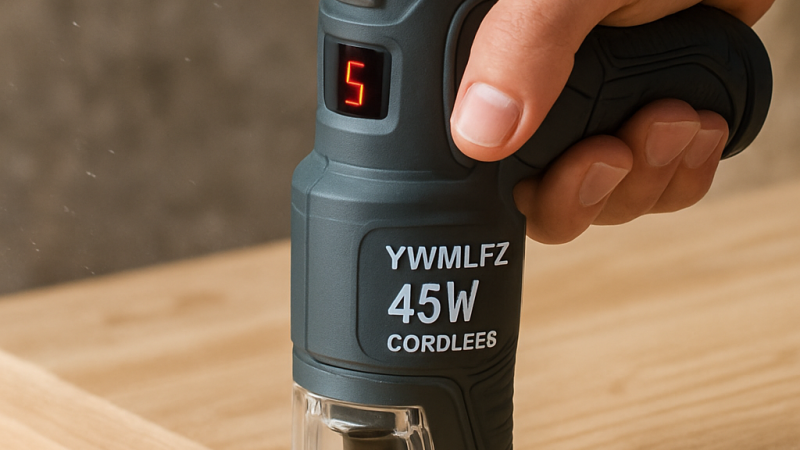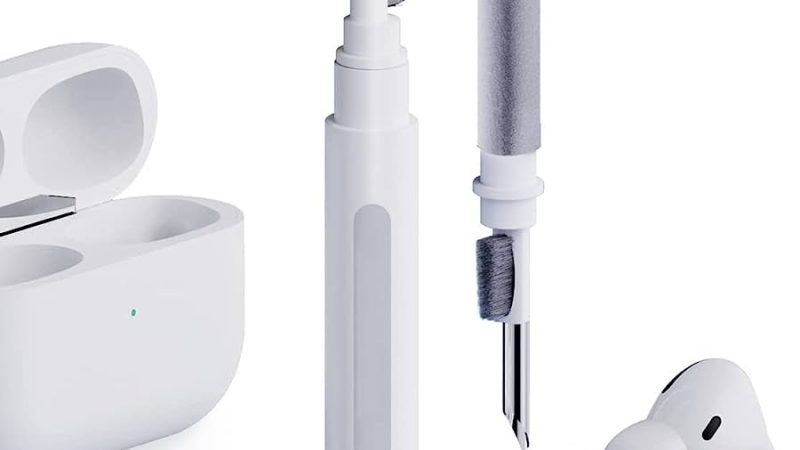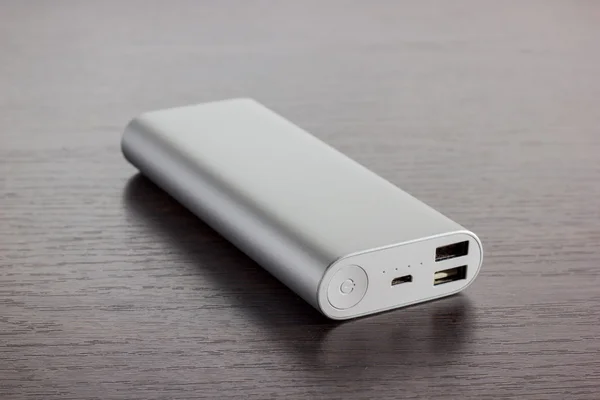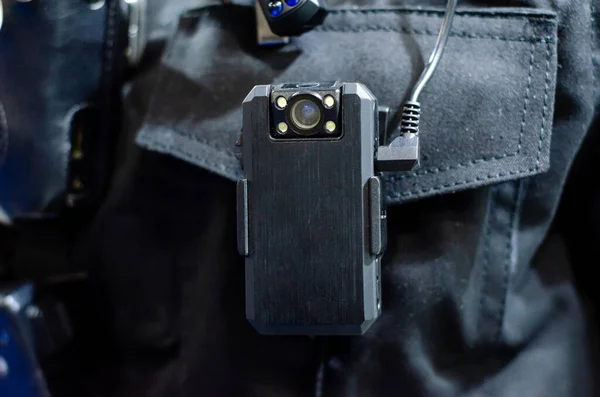Choosing the Right Power Adaptor

If you’ve ever browsed online for new power supplies for your business, you’ll understand the sheer volume of options available to today’s consumers. Phone chargers, power cables, power bricks, AC/DC adaptors… the list goes on. Plus, the number of reputable distributors, like RS Components, who offer each of these products is growing.
Going in blind, it’s hard to know which type of power adaptors will suit your business’s needs. But making the right choice is essential. If you choose the wrong type of adaptor, your device may not work, you might fry it completely, or worse–you could burn the house down!
As a rule, remember: just because it fits doesn’t mean it’s safe!
Scope out your device’s original adaptor
If you’re looking to replace an old adaptor, and still have the original lying around, you’re in luck. This is the easiest way to find out which adaptor will work for your device.
On the underside or top of your adaptor’s “brick”, you should find a rating label. This important label will detail the model, input, and output of the adaptor. Now, all you have to do is find a new adaptor with matching details.
But what if the original adaptor is missing, or the label has worn away? In this case, you’ll need to check your device’s rating label and match it against your new adaptor.
Read the voltage output
You’ll need to find out whether your device requires an AC or DC output. Usually, you’ll find this immediately after the voltage output on the label. Otherwise, you’ll see a sinewave symbol for AC and a straight line with three broken lines for DC.
Check the current
Once you know which voltage to look for, you’ll need to check the current. Current lets us know how much power is needed to run the device. If the current is too low, devices can overheat–but a higher current shouldn’t pose any issues.
The current is measured in amps. On a rating label, amps are stated immediately after the voltage, shown as A or mA. 1,000mA is equivalent to 1A. The right power adaptor will either exceed or match your device’s current rating.
Understand polarity
Your device will either have negative or positive polarity. To check, find two diagrams on the rating label that resemble three circles with a minus or plus sign on either side. Alternatively, look for a plus or minus sign next to the device’s voltage.
If the plus sign is on the right in the diagram, your adaptor has a positive polarity. If there’s a minus sign on the right, its polarity is negative.
Your device’s input should match the output of the adaptor. For example, a device with a DC input of +12V should be matched with a +12V DC power supply.
Conclusion
Choosing the right power supply is essential for the smooth running of your business. Remember–selecting the wrong voltage, current, or polarity can lead to electrical faults or ruin the longevity of your devices. To save money, time, and heartache, make sure to thoroughly check all rating labels.
We wish you the best of luck on your decision-making journey!
Also Read: Smart Ways to Recover Undetected External Hard Drive: [Know Here]






